Home>Gardening & Outdoor>Landscaping Ideas>How Does Lemon Grass Adapt To The Savanna
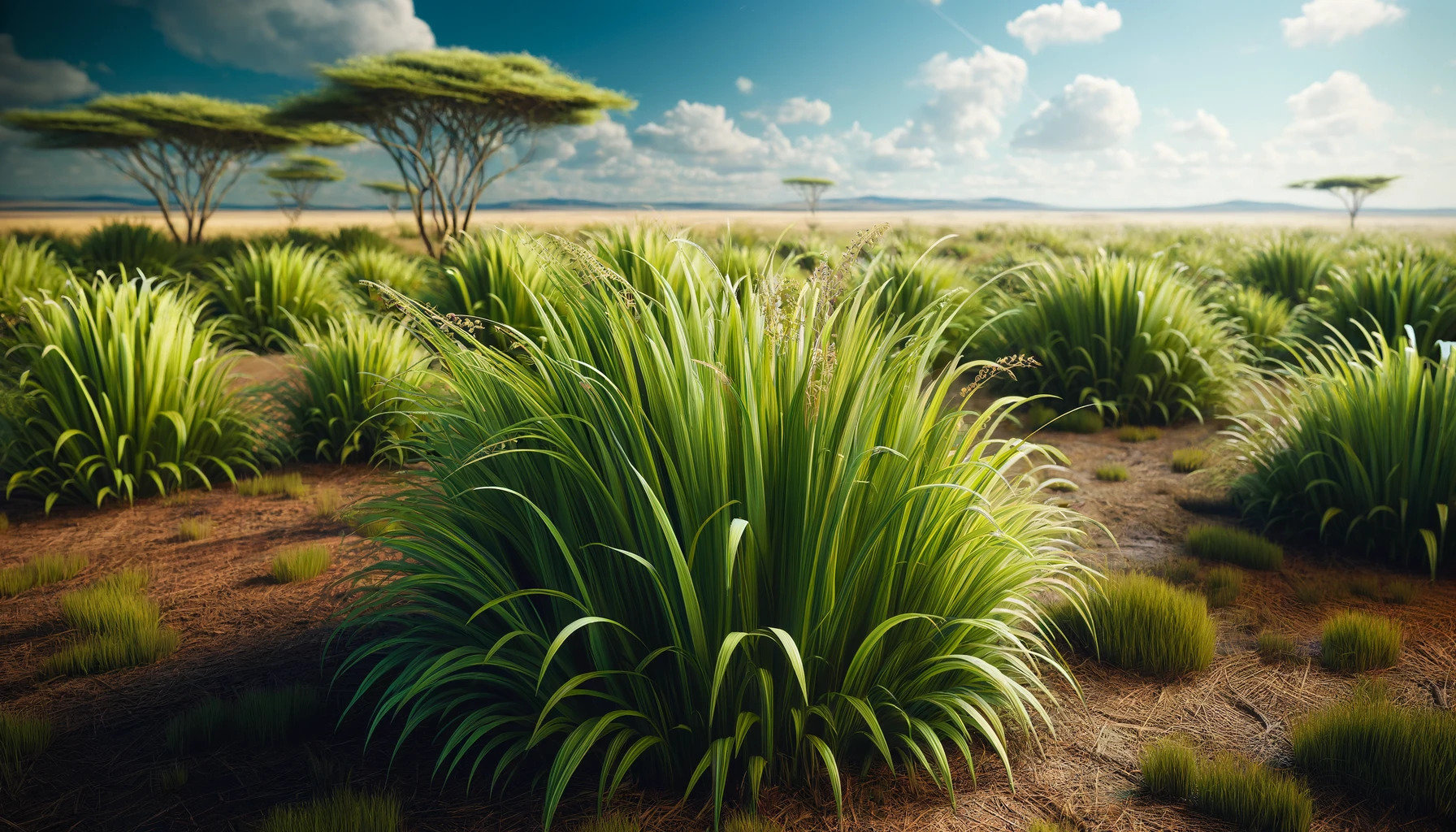

Landscaping Ideas
How Does Lemon Grass Adapt To The Savanna
Published: February 2, 2024
Discover how lemon grass thrives in the savanna with these innovative landscaping ideas. Learn how to adapt your garden to mimic the natural habitat.
(Many of the links in this article redirect to a specific reviewed product. Your purchase of these products through affiliate links helps to generate commission for Storables.com, at no extra cost. Learn more)
Introduction
Welcome to the vibrant and diverse world of the savanna, where the resilient lemon grass thrives amidst the unique and challenging conditions of this ecosystem. As we delve into the intricacies of this remarkable plant, we will uncover the fascinating ways in which lemon grass has adapted to the savanna, playing a crucial role in sustaining the delicate balance of this ecosystem.
With its vast expanses of grasslands and scattered trees, the savanna is characterized by distinct wet and dry seasons, making it a demanding environment for plant life. Despite these challenges, lemon grass has evolved remarkable strategies to not only survive but also flourish in this dynamic landscape.
Join us on a journey to explore the climate of the savanna, the remarkable adaptations of lemon grass, and its vital role in maintaining the ecological harmony of this captivating biome.
Key Takeaways:
- Lemon grass has evolved to survive in the challenging savanna by developing deep roots and conserving water, showcasing nature’s resilience and adaptability in harsh environments.
- As a keystone species, lemon grass stabilizes the soil, regulates the water cycle, and provides food for other animals, highlighting its crucial role in sustaining the diverse savanna ecosystem.
Read more: How Does Elephant Grass Adapt In The Savanna
Climate of the Savanna
The savanna biome is renowned for its distinct climate, characterized by a pronounced dry season and a period of abundant rainfall. This unique weather pattern exerts a profound influence on the plant life that thrives within its boundaries, including the resilient lemon grass.
During the dry season, the savanna experiences prolonged periods of drought and scorching temperatures, creating a challenging environment for plant survival. Conversely, the wet season brings relief in the form of torrential rains, nurturing the parched earth and triggering a burst of vibrant greenery across the landscape.
These alternating seasons have shaped the adaptive strategies of the flora that call the savanna home. Lemon grass, in particular, has evolved to withstand the rigors of the dry season by developing an extensive root system that enables it to access water deep within the soil. Additionally, its narrow leaves reduce water loss through transpiration, allowing the plant to conserve vital moisture during periods of limited rainfall.
Moreover, the savanna’s climate fosters a dynamic ecosystem where plant life must rapidly respond to the shifting seasons. Lemon grass has harnessed this adaptability by exhibiting rapid growth during the wet season, capitalizing on the abundance of moisture to thrive and propagate across the savanna landscape.
By understanding the intricacies of the savanna’s climate, we gain valuable insights into the remarkable resilience of lemon grass and its ability to navigate the challenges posed by this captivating biome.
Adaptations of Lemon Grass
Lemon grass, scientifically known as Cymbopogon, has evolved an impressive array of adaptations that enable it to thrive in the demanding conditions of the savanna. These remarkable strategies have positioned lemon grass as a resilient and integral component of this dynamic ecosystem.
One of the most striking adaptations of lemon grass is its ability to withstand drought, a critical attribute in an environment characterized by prolonged dry spells. The plant achieves this feat through its extensive and robust root system, which delves deep into the earth in search of precious moisture. This adaptive mechanism allows lemon grass to access water reserves that are beyond the reach of many other plant species, ensuring its survival during the harsh dry season.
Furthermore, lemon grass exhibits a remarkable capacity for rapid growth and regeneration, particularly during the wet season. This adaptive trait enables the plant to capitalize on the influx of rainfall, leveraging the abundant moisture to fuel its vigorous expansion across the savanna landscape. As a result, lemon grass plays a pivotal role in stabilizing the soil and preventing erosion, contributing to the overall health and integrity of the ecosystem.
In addition to its resilience in the face of climatic challenges, lemon grass has developed natural defense mechanisms that safeguard it from herbivores and pests. The plant’s leaves emit a distinct citrus aroma, which not only adds to the allure of the savanna but also serves as a deterrent against grazing animals. This fragrant shield, coupled with the plant’s tough and fibrous foliage, provides a formidable line of defense that enhances its chances of survival in the wild.
Moreover, lemon grass has harnessed the power of allelopathy, a fascinating adaptation that enables the plant to release biochemical compounds into the soil, inhibiting the growth of competing vegetation. This strategic mechanism allows lemon grass to carve out its niche in the savanna, asserting its presence and securing vital resources in the process.
As we unravel the intricate adaptations of lemon grass, it becomes evident that this resilient plant has honed its survival strategies to not only endure the challenges of the savanna but also thrive as a vital contributor to the intricate tapestry of this captivating biome.
Lemon grass adapts to the savanna by having long, narrow leaves to reduce water loss, and a strong root system to access water deep in the soil.
Role of Lemon Grass in the Savanna Ecosystem
Within the sprawling expanse of the savanna, lemon grass assumes a multifaceted role that extends beyond its individual survival, contributing significantly to the overall health and equilibrium of this vibrant ecosystem. As a keystone species, lemon grass exerts a far-reaching influence on the intricate web of life within the savanna.
One of the pivotal contributions of lemon grass lies in its ability to stabilize the soil and prevent erosion, a critical function in an environment characterized by alternating wet and dry seasons. The extensive root system of lemon grass acts as a natural anchor, firmly securing the topsoil and mitigating the erosive impact of heavy rainfall. This invaluable service not only preserves the structural integrity of the landscape but also facilitates the sustenance of other plant species within the savanna.
Furthermore, lemon grass plays a vital role in regulating the water cycle of the savanna. Through its efficient water uptake and transpiration processes, the plant influences the distribution and retention of moisture within the ecosystem, contributing to the overall hydrological balance. This impact reverberates across the savanna, influencing the availability of water for diverse flora and fauna, thereby shaping the fabric of life within this biome.
Beyond its ecological contributions, lemon grass serves as a crucial component of the food web within the savanna. The plant’s nutritious foliage provides sustenance for various herbivores, ranging from insects to larger grazing animals, forming an integral part of the intricate trophic dynamics that define the savanna ecosystem. In turn, the consumption of lemon grass by herbivores sustains the delicate balance of predator-prey relationships, further underscoring the plant’s significance in supporting the diverse array of life within the biome.
Moreover, lemon grass enriches the savanna with its aromatic essence, infusing the air with a refreshing citrus fragrance that enhances the sensory tapestry of this captivating landscape. This olfactory contribution adds to the allure of the savanna, creating an immersive and evocative experience for both its inhabitants and visitors.
As we contemplate the multifaceted role of lemon grass in the savanna ecosystem, it becomes evident that this remarkable plant is not only a survivor in the face of adversity but also a steward of ecological harmony, enriching and sustaining the intricate web of life within this dynamic biome.
Conclusion
In the heart of the savanna, amidst the undulating grasslands and the rhythm of the changing seasons, lemon grass stands as a testament to nature’s ingenuity and resilience. This remarkable plant has not only adapted to the challenges of this dynamic biome but has also woven itself into the very fabric of the savanna ecosystem, playing a multifaceted and indispensable role in sustaining the delicate balance of life within its boundaries.
As we have explored the climate of the savanna, we have gained a profound appreciation for the adaptive strategies of lemon grass, which enable it to navigate the extremes of the dry and wet seasons with remarkable fortitude. From its extensive root system to its rapid growth during periods of abundance, lemon grass has honed its survival mechanisms to thrive in this demanding environment, embodying the tenacity and resilience that define the savanna’s flora.
Moreover, the role of lemon grass in the savanna ecosystem extends far beyond its individual survival, encompassing vital contributions to soil stability, hydrological balance, and the intricate food web of the biome. As a keystone species, lemon grass shapes the very essence of the savanna, influencing the lives of myriad organisms and enriching the sensory tapestry of this captivating landscape with its fragrant essence.
Ultimately, lemon grass serves as a poignant emblem of harmony and adaptation, embodying the interconnectedness of life within the savanna. Its ability to endure and thrive in the face of adversity mirrors the resilience of the entire ecosystem, offering a compelling narrative of perseverance and coexistence in the natural world.
As we bid farewell to this exploration of lemon grass in the savanna, let us carry forward a deeper understanding of the intricate dance between flora and environment, and the profound impact of resilience and adaptation in shaping the tapestry of life within our wondrous planet.
Frequently Asked Questions about How Does Lemon Grass Adapt To The Savanna
Was this page helpful?
At Storables.com, we guarantee accurate and reliable information. Our content, validated by Expert Board Contributors, is crafted following stringent Editorial Policies. We're committed to providing you with well-researched, expert-backed insights for all your informational needs.
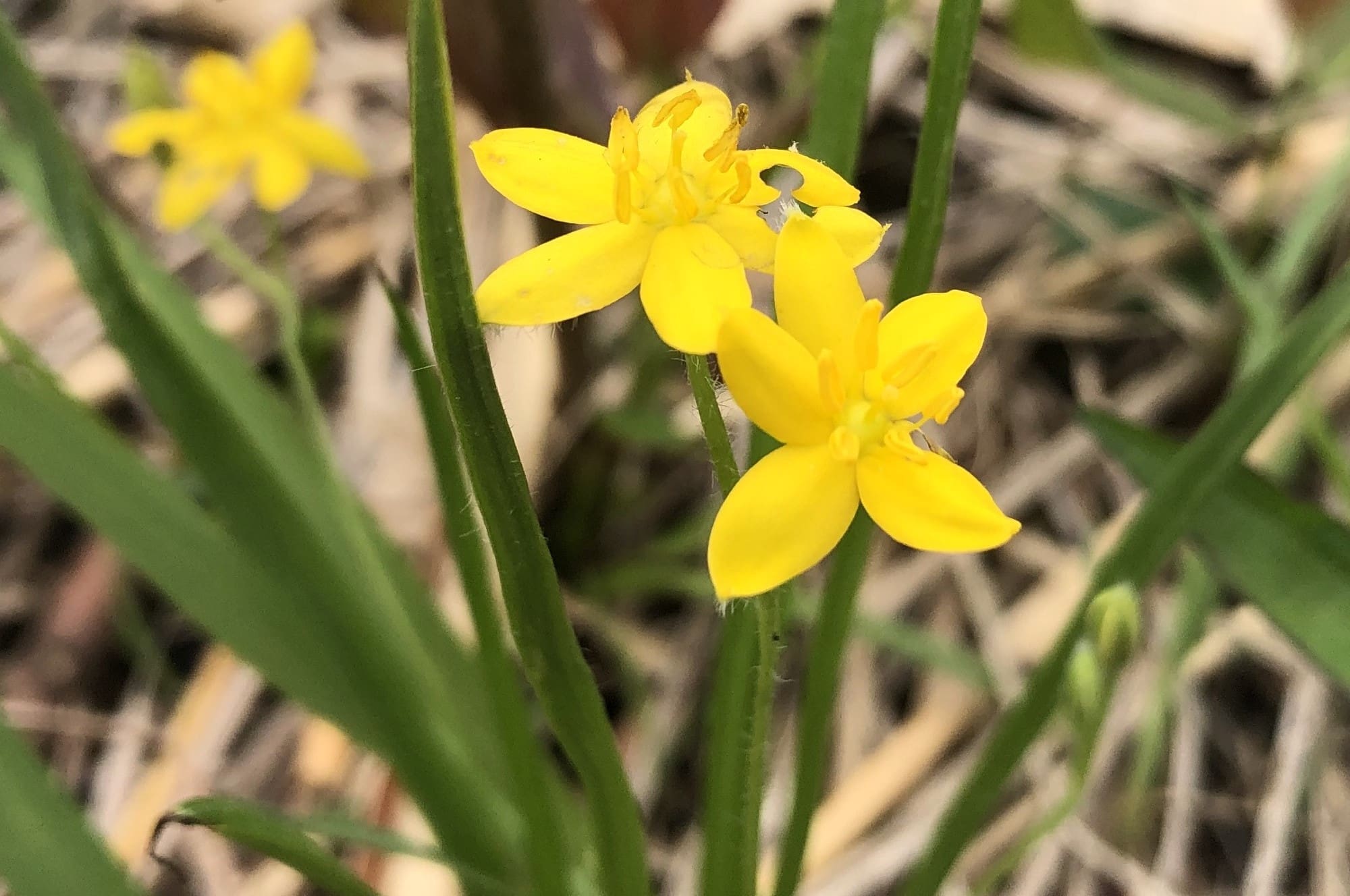

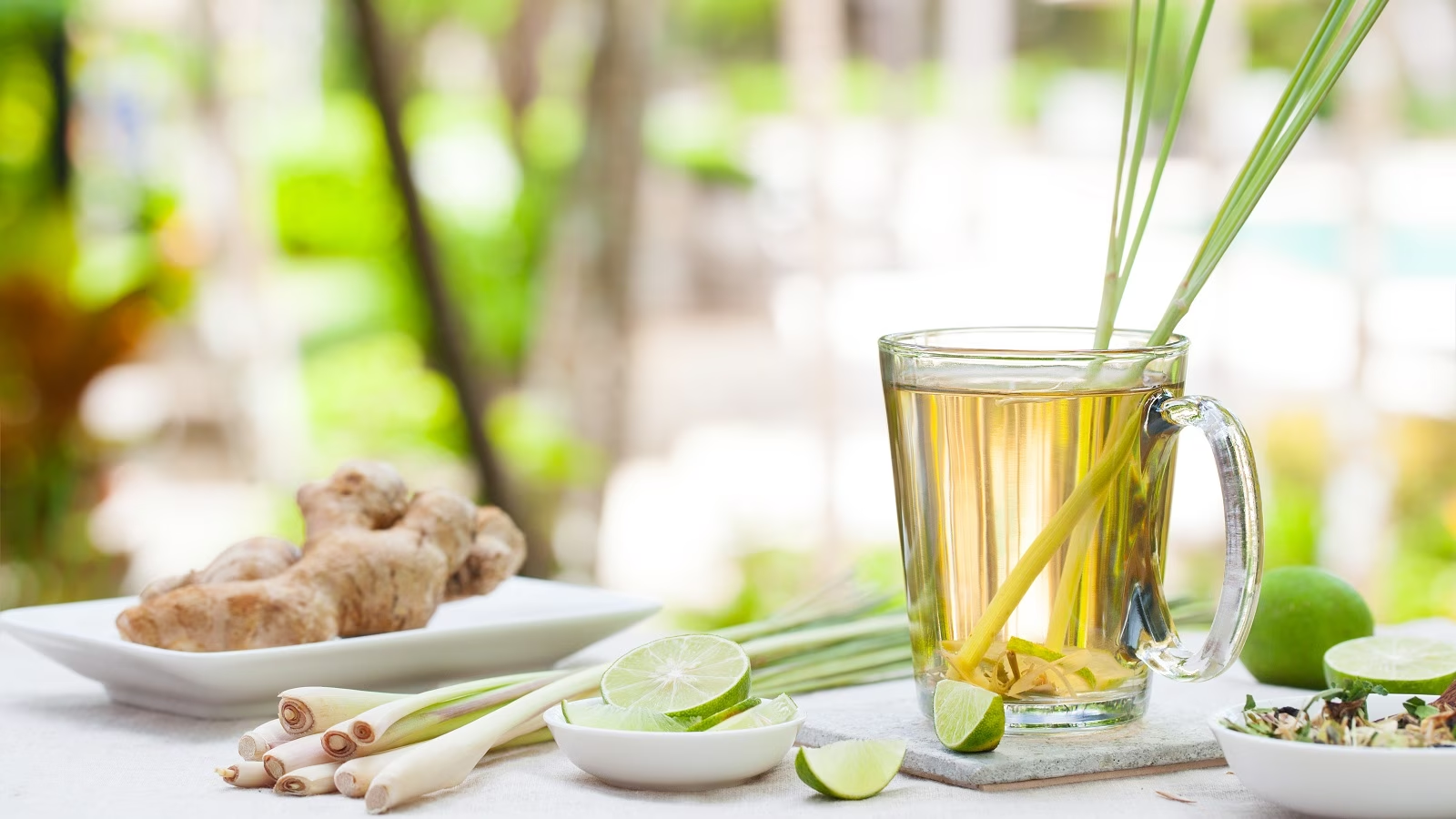
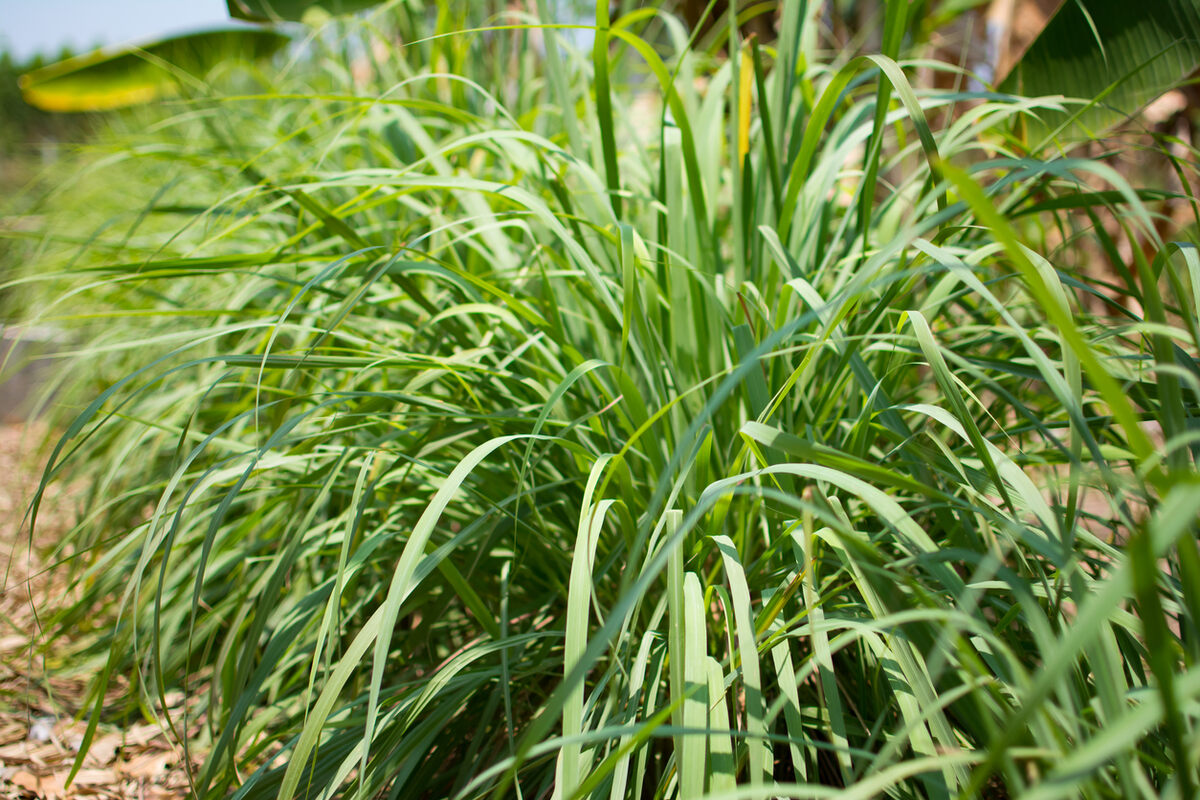
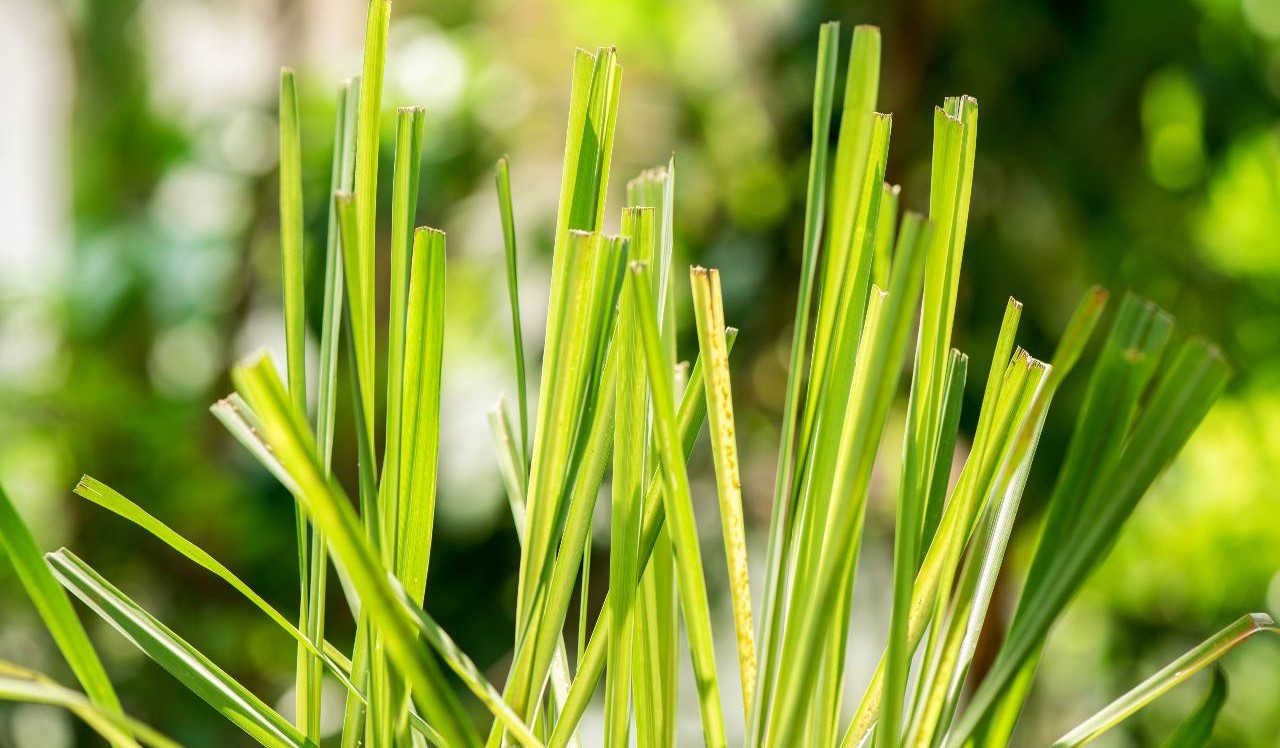
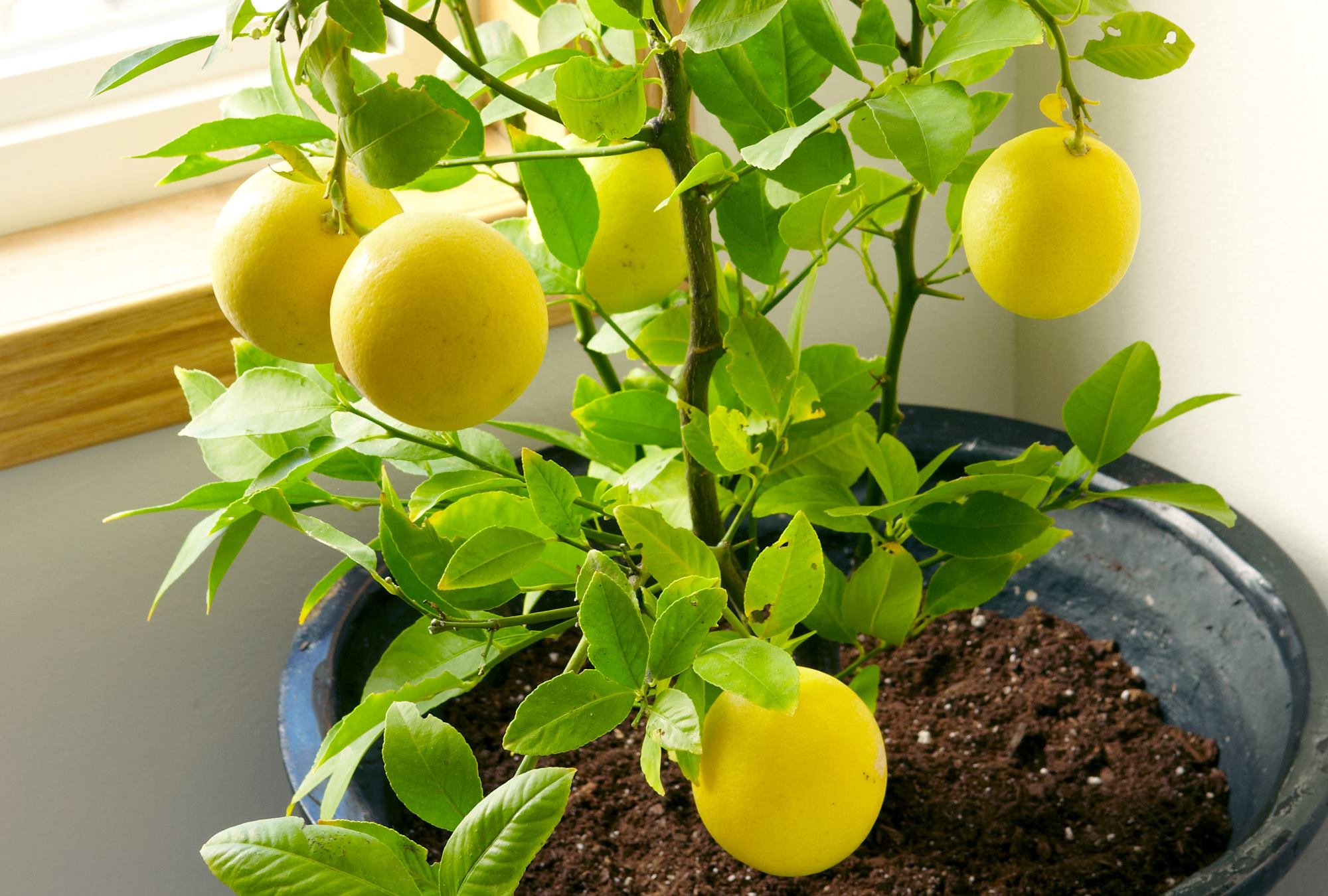
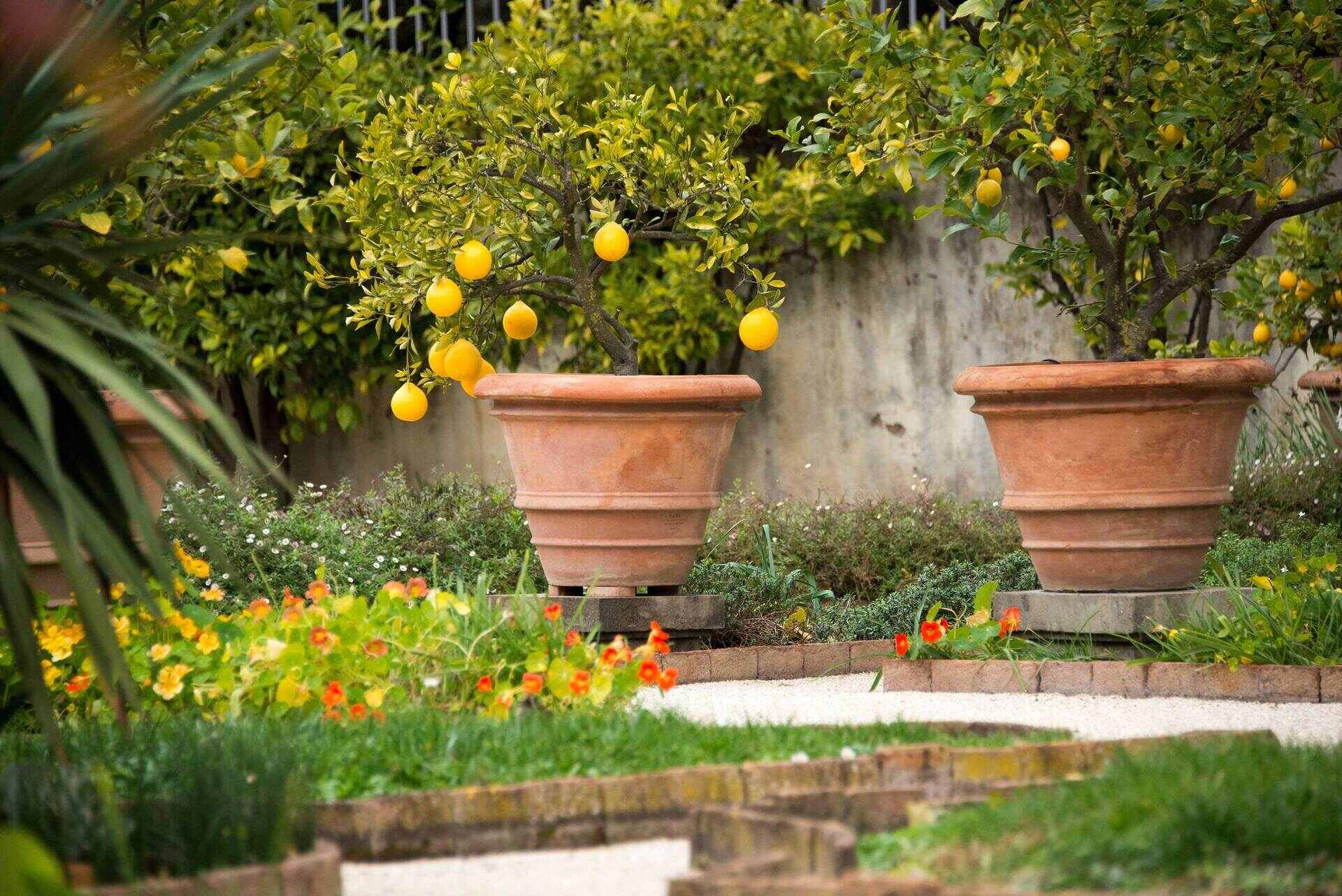



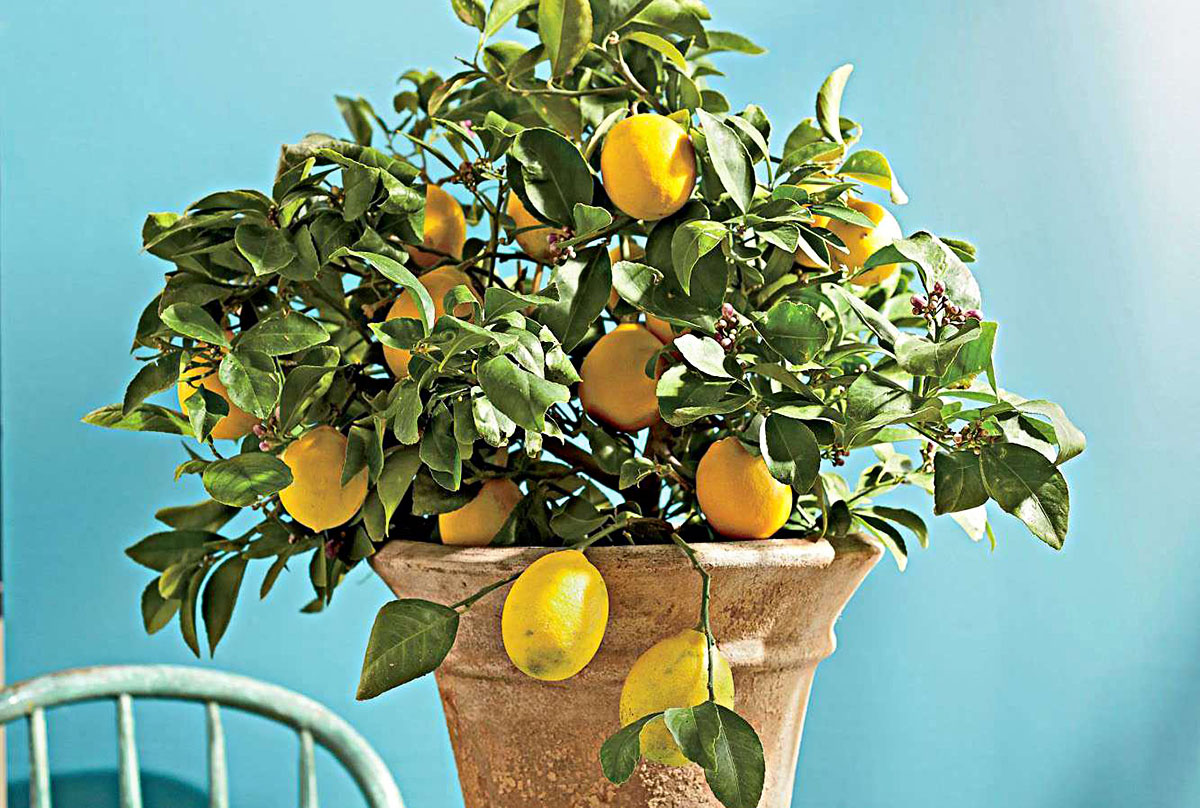

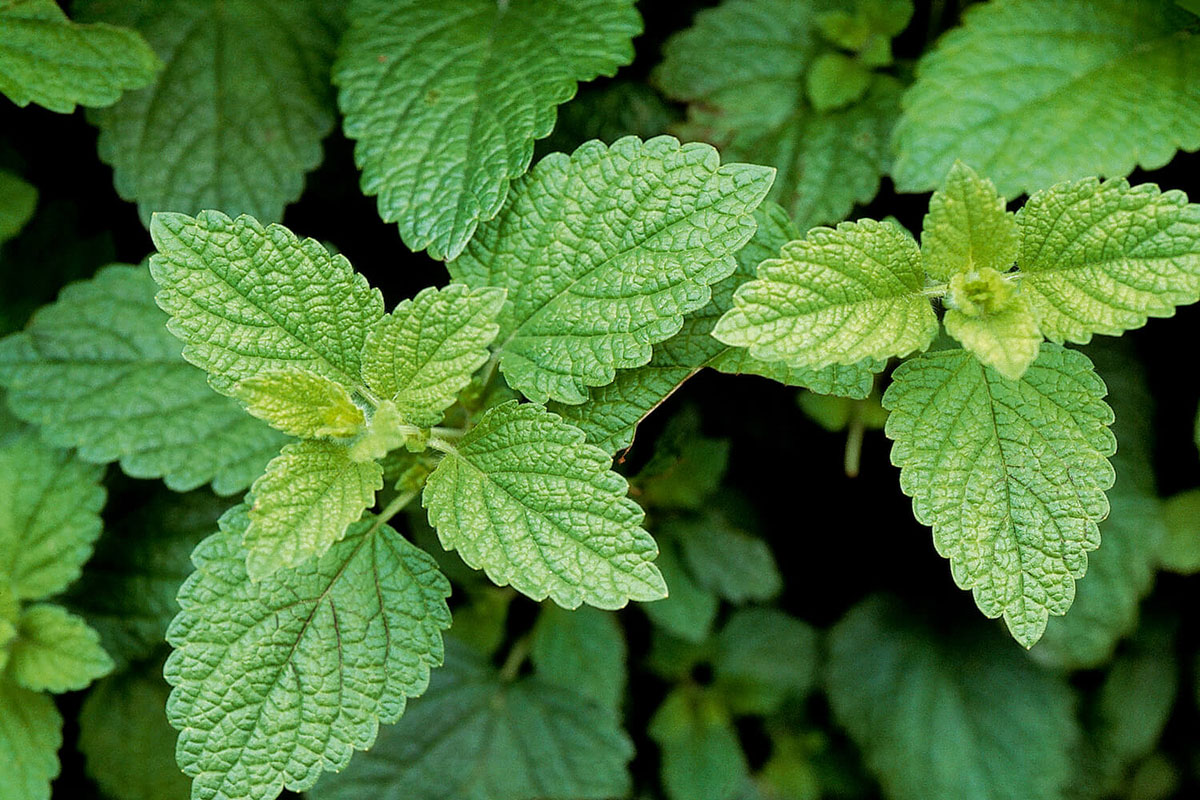

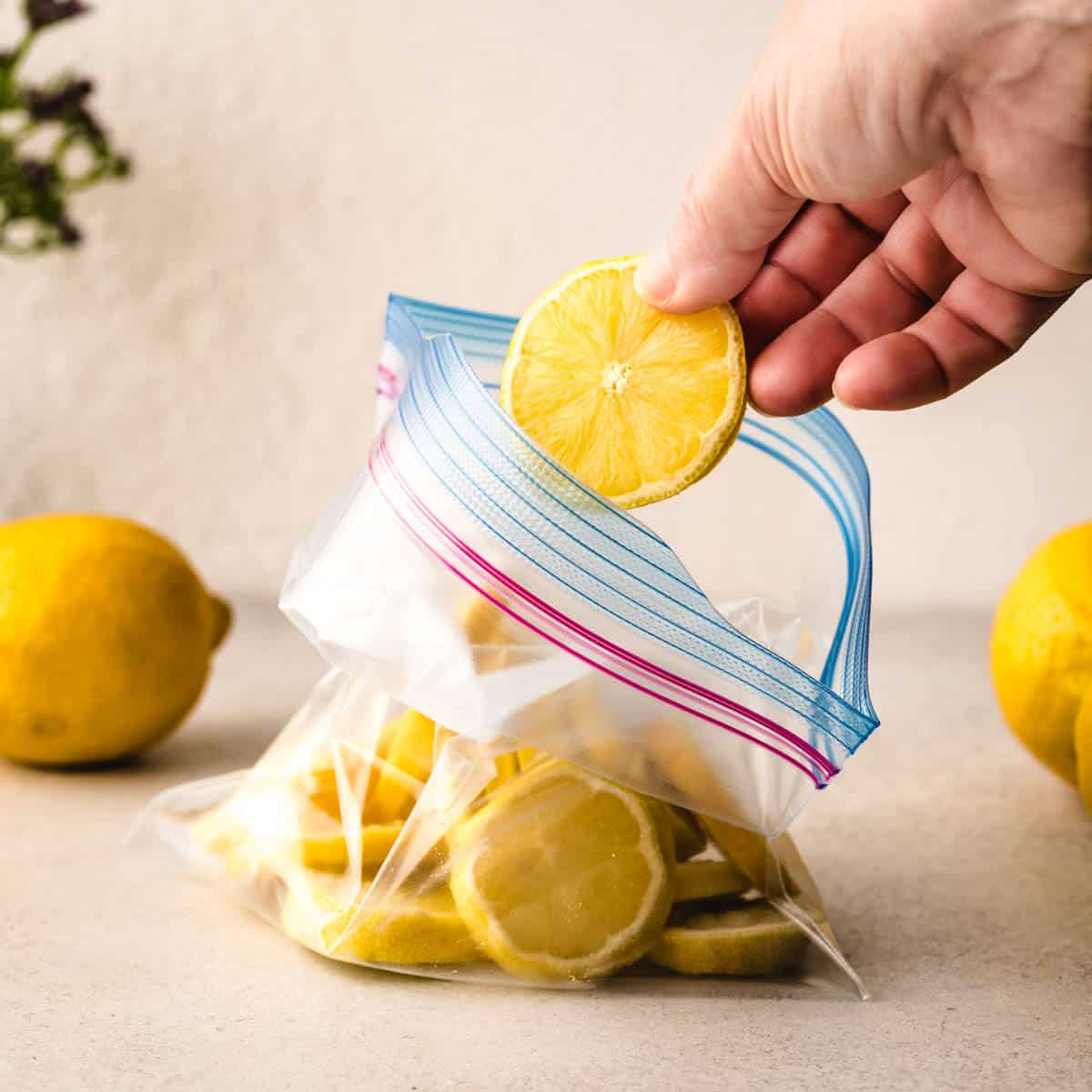

0 thoughts on “How Does Lemon Grass Adapt To The Savanna”